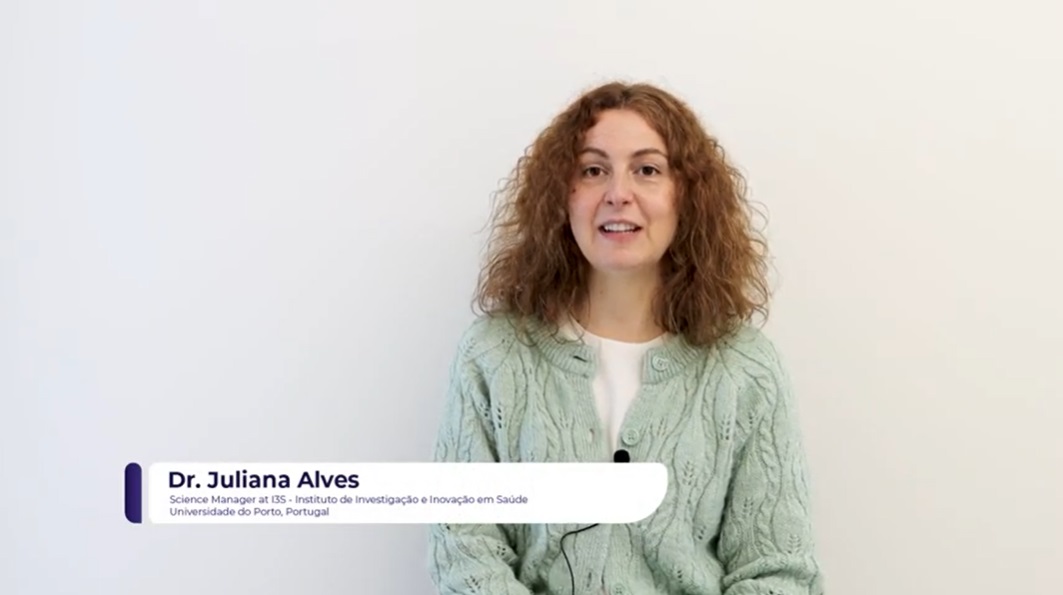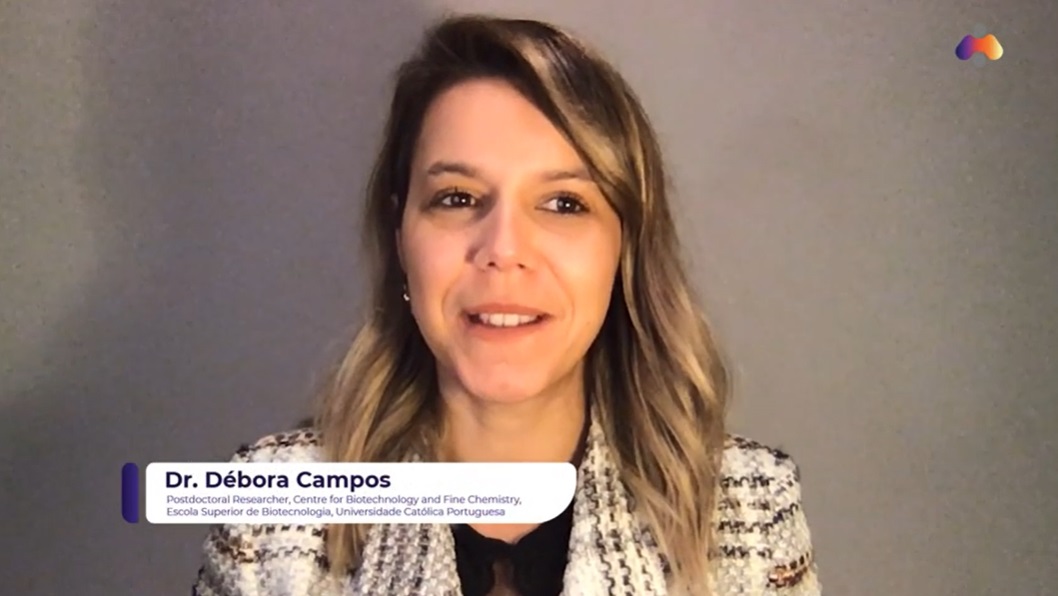The MIRACLE project aims to develop a mid-infrared attenuated total reflection arthroscopic probe for objective diagnosis of degenerative joint diseases.
In order to provide timely evaluation of articular cartilage via spectroscopy measurements, the MIRACLE project will need to develop protocols for spectral preprocessing. In infrared spectroscopy, preprocessing is needed to separate features in the spectra deriving from chemical absorption from physical effects, such as light scattering. Furthermore, model based preprocessing techniques, such as Extended Multiplicative Signal Correction (EMSC), enable us to separate unwanted chemical signals, such as signals from water surrounding the joint. These model based preprocessing techniques rely on a high number of variables. However, the innovative QCL-based MIR-ATR probe proposed in MIRACLE will employ very limited number of wavenumber readings (i.e. sparse wavenumber recording). With fewer wavenumber readings, there is a need for new preprocessing techniques.
The Norwegian University of Life Sciences (NMBU) will be present at the Machine Learning and Chemometrics in BioSpectroscopy (BioSpecMLC) conference which will be held between 18thand 21stof August in Minsk, Belarus. Here, the latest research on the preprocessing strategies for sparse wavenumber recordings will be presented.
Are you interested in joining the BioSpecMLC conference?
Visit BioSpec Norway


